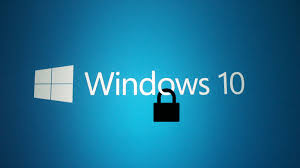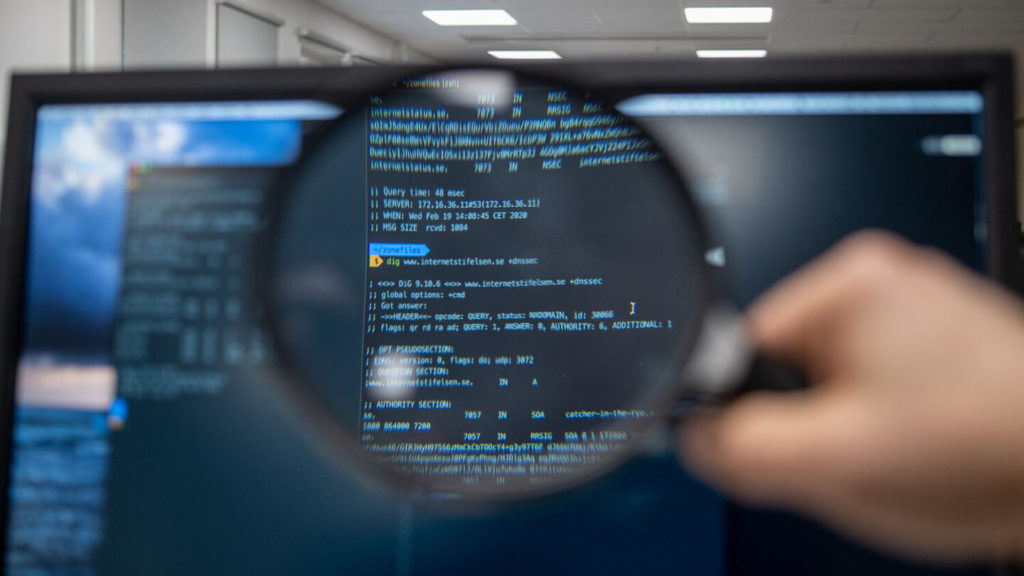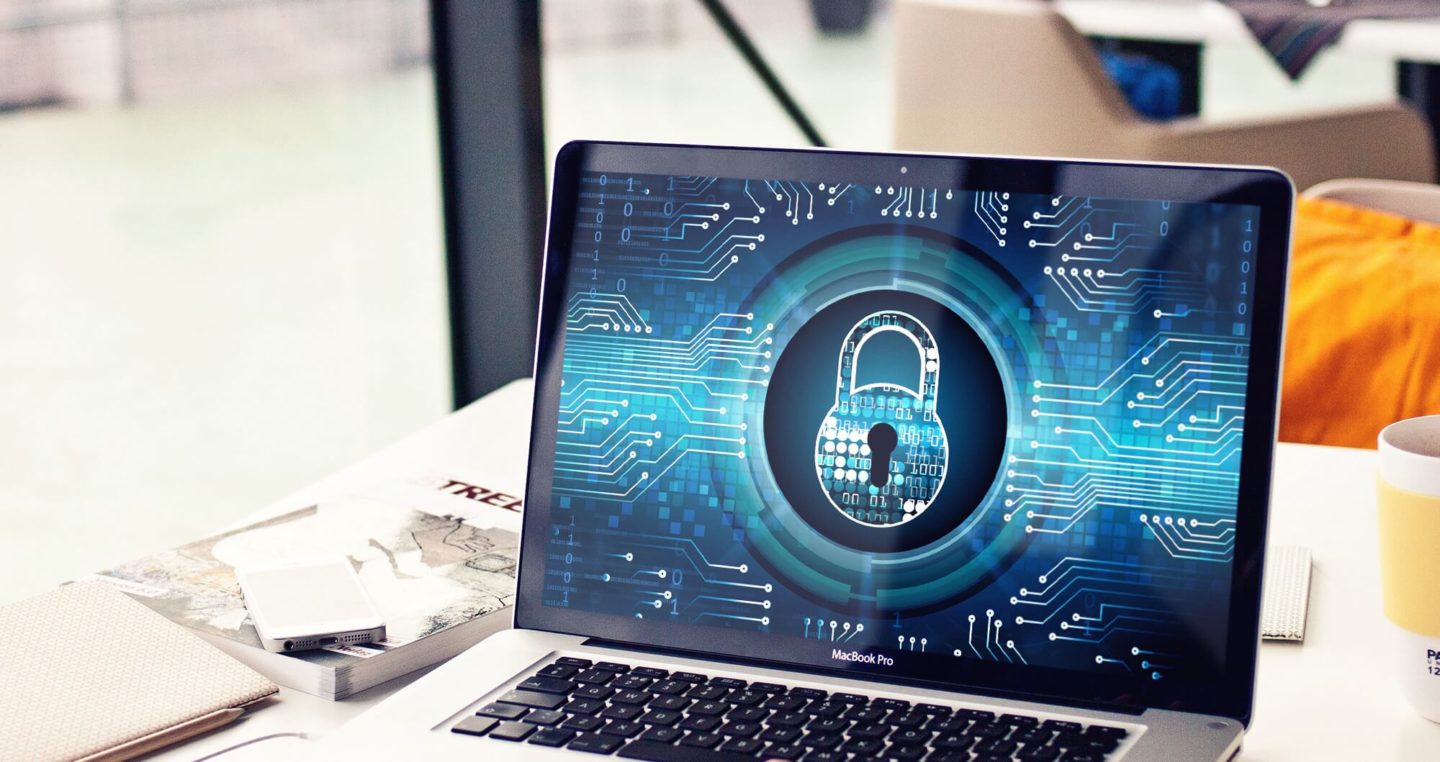Did you just unpack your newly delivered computer running the latest Windows 11? Or do you have an older computer that you are actively maintaining?
While a brand-new Windows computer may have some built-in security features, it’s not entirely secure out of the box. Here are some reasons why:
- Pre-installed software: Many new Windows computers come with pre-installed software, also known as bloatware, that may have security vulnerabilities that could be exploited by attackers.
- Outdated software: Some pre-installed software or drivers on a new Windows computer may be outdated, which could expose your computer to security risks.
- Weak passwords: During the initial setup process, you may be prompted to create a password for your user account. If you choose a weak or easy-to-guess password, your computer could be vulnerable to brute-force attacks.
- Network settings: The default network settings on a new Windows computer may not be configured securely. For example, file and printer sharing may be enabled by default, which could expose your computer to unauthorized access.
- Phishing attacks: Even a brand new computer can be vulnerable to phishing attacks if the user is not aware of the risks and takes actions such as clicking on suspicious links or downloading malicious software.

Therefore, it’s important to take the necessary steps to secure your Windows computer. These same procedures are applicable to older computers as they might be at risk as well. Listed below are practical steps to secure your Windows computer:
- Keep your software and operating system up to date with the latest security patches and updates. Windows updates are essential for maintaining the security and stability of your computer.
- Use an antivirus and anti-malware software and keep it updated. There are many free and paid antivirus software available. Windows has its own built-in antivirus program called Windows Defender, which is free.
- Enable the built-in Windows Firewall, which helps prevent unauthorized access to your computer.
- Use strong passwords and enable multi-factor authentication when possible. Avoid using easy-to-guess passwords such as “123456” or “password.”
- Be careful when opening email attachments or downloading software from the internet. Only download software from trusted sources.
- Disable unnecessary services and features on your computer, such as Remote Desktop or file sharing, if you don’t need them.
- Encrypt your sensitive data, such as financial or personal information, to protect it from unauthorized access.
- Use a standard user account instead of an administrator account for everyday use. This will prevent malicious software from making changes to your system without your permission.
- Be careful when using public Wi-Fi networks. Avoid accessing sensitive information or logging into online accounts when using public Wi-Fi.
- Consider using a virtual private network (VPN) to encrypt your internet connection and protect your privacy when using public Wi-Fi or when accessing the internet from a public place.
- Use disk encryption to protect your data in case your computer is lost or stolen. Windows 10 includes a built-in disk encryption tool called BitLocker.
- Use a password manager to generate and store strong, unique passwords for each of your online accounts. This can help you avoid using the same password across multiple accounts and improve the security of your online identity.
- Enable User Account Control (UAC) to require administrator approval before making system changes. This can help prevent malicious software from installing or making changes to your system without your knowledge.
- Use a modern web browser such as Google Chrome, Firefox, or Microsoft Edge, and keep it updated with the latest security patches.
- Be cautious when installing software from third-party sources. Only download software from trusted sources, and be sure to read reviews and check for any potential security issues before installing.
- Use a reputable ad-blocker to reduce the risk of malware infections and malicious ads.
- Turn off unused or unnecessary network services such as Bluetooth or Wi-Fi when not in use to reduce the risk of unauthorized access.
- Back up your important files and data regularly to protect against data loss in case of a malware infection, hardware failure, or other issues.

These tips can help you secure your Windows computer and protect your personal information from hackers, malware, and other security threats.
(Visited 36 times, 1 visits today)
